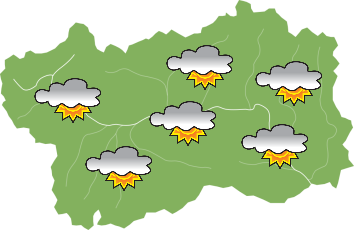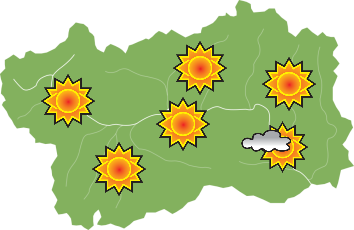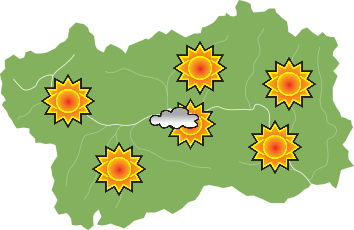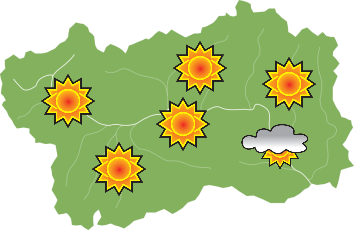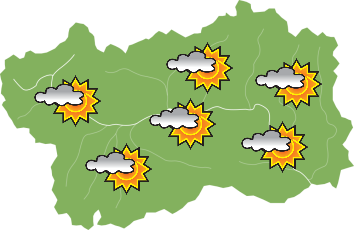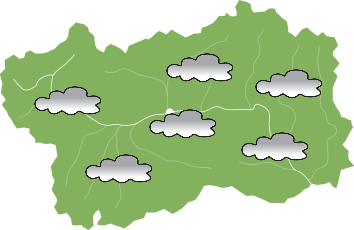Carnaval histórico de Coumba-Frèida
Localidad: Gignod
Saturday 1st March
9.00am: Exit of the masked group and visit to the families of the hamlets of Excenex, Arpuilles and Planet
Sunday 2nd March
- 9.00am: Exit of the masked group and visit to the families of the hamlets of Variney, Arliod, Plan Chambavaz, Chez Roncoz
The masks will be accompanied by all the joueurs who have animated the carnivals in previous editions and extend the invitation to all those who have masked in previous years to dust off their costumes and join in the great celebrations - Area Proloco 9.30pm: Evening dance in the company of the Orchestra i Ragazzi del Villaggio - Free entry. At 11:00 pm, arrival of the masked group in the company of la meusecca and couscrit de Cogne
Monday, March 3
9:00 am: Exit of the masked group and visit to the families of the hamlets of Seyssinod, Meylan, Cré, La Resaz, Le Château, La Michettaz and le Plan du Château
Tuesday, March 4
- 9:00 am: Exit of the masked group. Departure from the Esso Chiribiri station and visit to the families of the hamlets of Chaez Henry, La Favèrge, Saraillon, Signayes, Ru, Grand Signayes and Ossan
- Area Proloco at 9:30 pm: Great dance evening in the company of the Orchestra Giuliano e i Baroni - Entrance 5.00 euros. At 11:00 pm arrival of the mysterious masked group
- Lawn adjacent to the area at 12:00 am: All together to burn the Carnival
During the dancing evenings, a well-stocked refreshment stand and sandwiches at will (Valdoburger)
Contactos
La tradición vincula el nacimiento del carnaval al paso de Napoleón por el Paso del Gran San Bernardo en mayo de 1800 durante la campaña de Italia. Los disfraces serían pues la transposición alegórica de los uniformes de los soldados franceses.
Además encontramos al oso, que indica la proximidad de la primavera; las colas de mula, que representan los vientos y sirven para alejar las corrientes de aire nefastas; los espejos de los disfraces, que deben ahuyentar a los espíritus malignos; el color rojo, que simboliza la fuerza y el vigor y tiene el poder de exorcizar los maleficios y las desgracias. Los participantes del desfile visitan en disfraz a las familias, entran en las viviendas, bailan por las calles y las plazas, comen y beben lo que se les ofrece.





